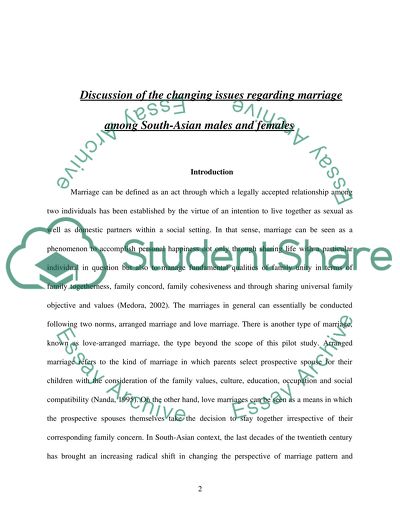Cite this document
(“South Asian Marriage Issues Essay Example | Topics and Well Written Essays - 2500 words”, n.d.)
South Asian Marriage Issues Essay Example | Topics and Well Written Essays - 2500 words. Retrieved from https://studentshare.org/sociology/1501532-south-asian-marriage-issues
South Asian Marriage Issues Essay Example | Topics and Well Written Essays - 2500 words. Retrieved from https://studentshare.org/sociology/1501532-south-asian-marriage-issues
(South Asian Marriage Issues Essay Example | Topics and Well Written Essays - 2500 Words)
South Asian Marriage Issues Essay Example | Topics and Well Written Essays - 2500 Words. https://studentshare.org/sociology/1501532-south-asian-marriage-issues.
South Asian Marriage Issues Essay Example | Topics and Well Written Essays - 2500 Words. https://studentshare.org/sociology/1501532-south-asian-marriage-issues.
“South Asian Marriage Issues Essay Example | Topics and Well Written Essays - 2500 Words”, n.d. https://studentshare.org/sociology/1501532-south-asian-marriage-issues.


